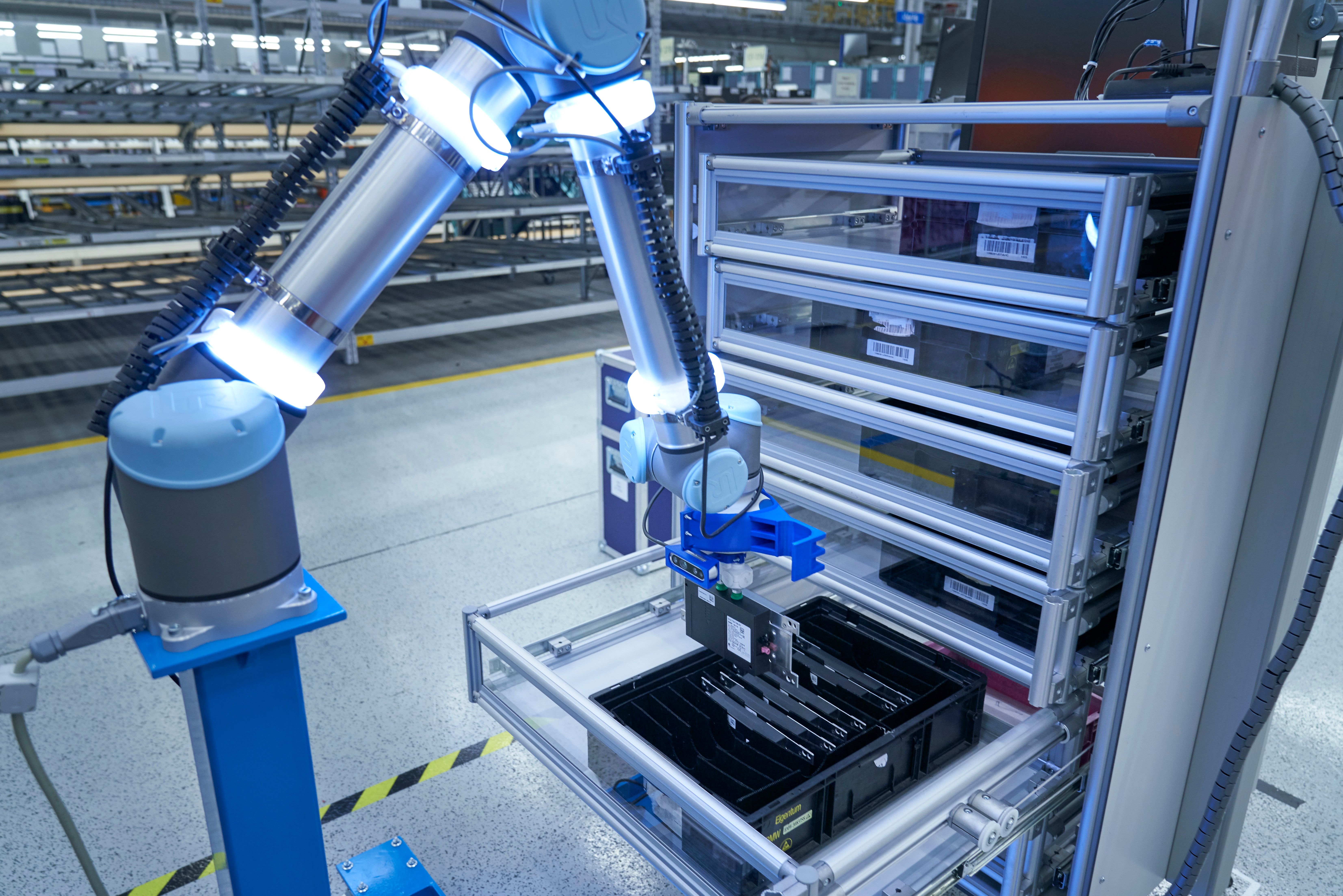
The Netherlands faces a challenge: a looming shortage of 1.4 million workers. Innovative technology and migration are desperately needed to respond. AI is already taking a sprint in ICT and finance, while robots are taking construction by storm. Still, there are untapped opportunities, especially in government and education. Meanwhile, migrants fill a significant portion of new jobs. The recipe for success seems to lie in a mix of technology, migration, and smart retraining. This is how we can keep the Dutch economy running and keep labor productivity up.
The labor market shortage in the Netherlands is historically high, and if nothing changes, it could reach 1.4 million workers, according to a recent Rabobank report. Artificial intelligence (AI) and robots are increasingly being used to compensate for the labor shortage. AI plays an important role in the ICT sector and financial services, while robots are emerging as valuable new colleagues, mainly in industry and construction.
Migrants as key players
In addition to technology, migrants are crucial to the Dutch labor market. Between 2016 and 2022, over 40% of new jobs were filled by migrants, Rabobank writes. Highly skilled migrants, in particular, are indispensable for mechanical engineering, telecom, and financial services sectors. These sectors rely on their skills to remain competitive in the global market. In industries with low barriers to entry, such as agriculture and non-specialist business services, the share of migrant jobs has also risen sharply.
Underutilized potential
Despite successes in the private sector, the public sector continues to lag behind in leveraging technology. In both government and education, there is still much untapped potential for AI and other technological innovations. Catching up in this area could help address future bottlenecks in these sectors and increase labor productivity.
In another study, McKinsey stresses the importance of retraining and continuous upskilling to keep the labor market healthy. The number of people to be retrained annually is expected to increase by a factor of 1.4. This means workers will change occupations more often, with an average increase from 1.9 to 2.4 occupations per career. This “train of job transitions” is necessary to keep the Dutch labor market vital and increase productivity.
The role of innovation
Innovation in manufacturing processes also plays a key role in increasing labor productivity. Digitalization of the manufacturing process offers companies opportunities to work more efficiently. Organizations like the Metaalunie are working with TNO and regional hubs to support companies in this transition. Initiatives such as the Smart Makers Academy and productivity circles help companies stay up-to-date with the latest technologies and processes.
Technology, migration, and retraining
The combination of technology, migration, and retraining is essential to future-proofing the Dutch labor market. Through smart investments in AI, robotics, and workforce development, we can not only address workforce shortages but also increase labor productivity. This will help companies stay competitive and keep the economy running. The future of work in the Netherlands looks promising, with robot colleagues and highly skilled migrants as valuable additions to our team.

